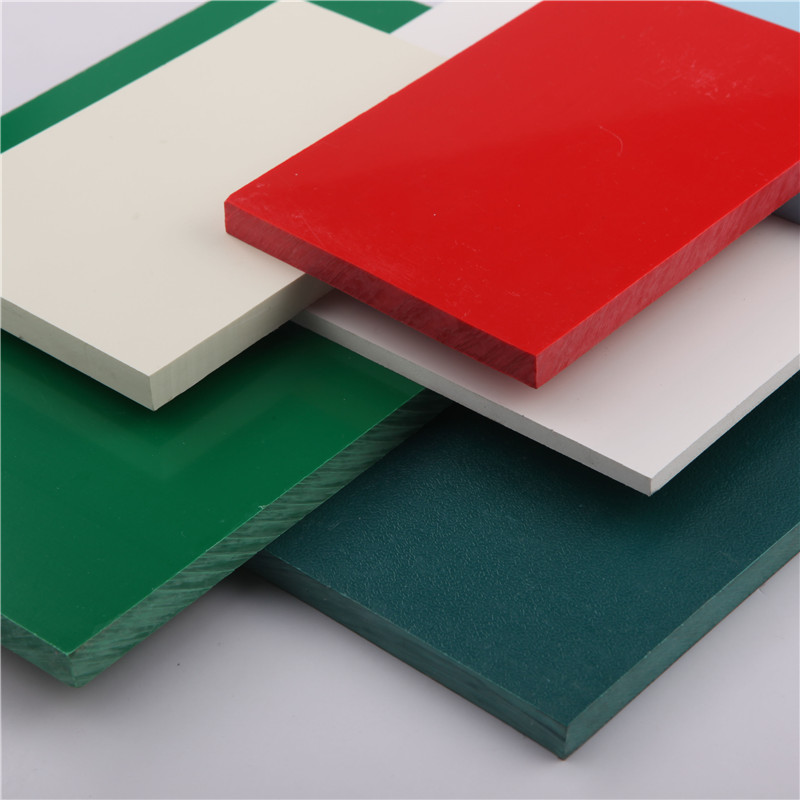Nov . 08, 2024 06:42 Back to list
Effective Solutions for PVC Irrigation Pipe in Modern Agriculture Practices
Understanding PVC Irrigation Pipes Benefits, Applications, and Installation
Irrigation is a vital component of modern agriculture, ensuring that crops receive adequate water supply, especially in regions that experience inconsistent rainfall. A critical aspect of effective irrigation systems is the type of piping used for water transport. Among the various options available, PVC (Polyvinyl Chloride) irrigation pipes have gained immense popularity, thanks to their numerous advantages and versatility. In this article, we will explore the benefits, applications, and installation process of PVC irrigation pipes.
Benefits of PVC Irrigation Pipes
1. Durability One of the most significant advantages of PVC pipes is their durability. Resistant to corrosion, chemicals, and environmental factors, PVC pipes can withstand harsh conditions, ensuring a long lifespan for the irrigation system. This resistance to rust and corrosion makes PVC an ideal choice for agricultural applications.
2. Lightweight PVC pipes are considerably lighter than traditional materials such as metal or concrete. This makes them easier to transport and handle during installation, reducing labor costs and time. Farmers and contractors can quickly set up irrigation systems without needing heavy machinery.
3. Cost-Effective Compared to other options, PVC pipes are often more affordable both in terms of initial purchase and long-term maintenance. Their durability reduces the need for frequent replacements, translating to cost savings for farmers and landowners.
4. Versatility PVC irrigation pipes come in various sizes and configurations, making them suitable for a wide range of applications. Whether for drip, sprinkler, or surface irrigation, PVC pipes can be customized to meet the specific needs of any agricultural project.
5. Smooth Surface The internal surface of PVC pipes is smooth, allowing for unimpeded water flow and reducing the risk of clogs. This characteristic helps maintain higher efficiency in water delivery, minimizing waste and ensuring that crops receive sufficient moisture.
Applications of PVC Irrigation Pipes
PVC irrigation pipes are widely used in agricultural settings for several purposes
- Drip Irrigation In drip irrigation systems, PVC pipes serve as the main transport system for water, delivering it directly to the root zone of plants. This minimizes water wastage and enhances crop yield.
pvc irrigation pipe

- Sprinkler Systems PVC pipes are integral components of sprinkler systems, allowing for effective and uniform distribution of water across large fields. They can be used in stationary or portable sprinkler setups.
- Surface Irrigation In surface irrigation, PVC pipes can be employed to channel water from sources such as rivers, lakes, or reservoirs directly to the fields, facilitating the leveling and distribution of water across crops.
Installation Process
Installing PVC irrigation pipes is a straightforward process that can be undertaken with basic tools and equipment. Here are the essential steps involved
1. Planning Before installation, it is crucial to carefully plan the layout of the irrigation system. This includes determining the most efficient routes for the pipes and identifying the key areas that require irrigation.
2. Trenching A trench must be dug along the planned path for the pipes. It should be deep enough to accommodate the pipes while ensuring that they are below the frost line in colder climates.
3. Laying the Pipes Place the PVC pipes into the trench, ensuring that they are properly aligned. The pipes should be joined using appropriate fittings, such as elbows and tees, to create the desired layout.
4. Securing Connections Use PVC cement or solvent glue to secure the connections between pipes and fittings. This step is crucial to prevent leaks, which can lead to water loss and reduced efficiency.
5. Backfilling the Trench After properly laying and securing the pipes, backfill the trench with soil, ensuring that the pipes are adequately covered to protect them from damage.
6. Testing the System Once the installation is complete, turn on the water supply to test the system. Check for leaks and ensure that water flows smoothly through the pipes.
In conclusion, PVC irrigation pipes offer a reliable, cost-effective, and versatile solution for modern agricultural irrigation systems. Their durability, lightweight nature, and efficiency contribute significantly to the success of crop production, making them a preferred choice among farmers and contractors worldwide. As agriculture continues to evolve, the adoption of effective irrigation methods, including PVC piping, will play a crucial role in ensuring food security and sustainability for future generations.
-
Premium PVC Soft Sheets: Clear, Flexible & Durable
NewsAug.12,2025
-
Premium PVC Round Rods: Durable, Chemical Resistant, Easy to Machine
NewsAug.11,2025
-
PP U-channel: Chemical-Resistant, Lightweight & Durable
NewsAug.10,2025
-
Transparent PVC Pipe: Clear Flexible Tubing for Fluids
NewsAug.09,2025
-
Durable PP Rigid Sheet: Versatile & High-Quality Plastic Panels
NewsAug.08,2025
-
Premium Glossy PP Rigid Sheet – Durable & Versatile
NewsAug.07,2025

